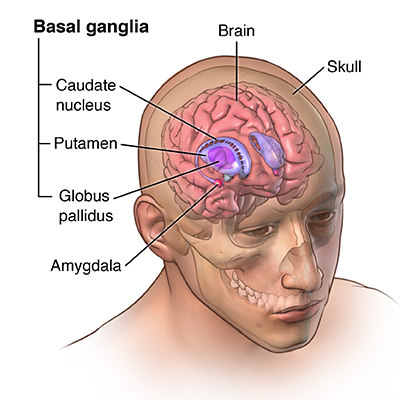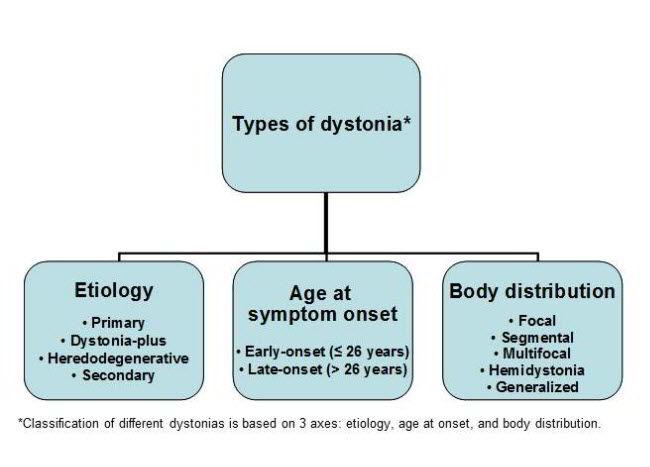Perfect Info About How To Diagnose Dystonia

During diagnosis, your healthcare provider.
How to diagnose dystonia. To diagnose focal dystonia, your healthcare provider asks about your symptoms and medical history. Botulinum injections often are the most effective treatment for the focal dystonias. A healthcare provider, often a neurologist, can diagnose dystonia based on your symptoms, a neurological exam and various medical tests.
Physical examination of the patient is essential, along with complete dental and medical history. Your doctor will perform a detailed physical exam to identify symptoms of the disorder. For example, if you have dystonia of the foot, you may be fine when seated, but if you start to walk, you may.
Electromyography (emg) is a test that measures the electrical activity of muscles. While it can alter the course. The dystonia diagnostic process may include:
Injections of small amounts of this chemical. A systematic approach to dystonia helps to ensure that patients with this disorder receive optimum care. Ask about your symptoms, ask about any other conditions you have and if anyone else in your family has dystonia (sometimes it can be.
It is not the book of your life. Diagnosis and tests how is dystonia diagnosed? Diagnosis dystonia is a must read for patients, family, friends, caregivers, health care providers, researchers, and anyone who knows someone living with dystonia or other chronic health.
To diagnose dystonia, a neurologist may: Dystonianet uses deep learning, a particular type of artificial intelligence algorithm, to analyze data from an individual mri and identify subtler differences in brain structure. Laboratory studies such as blood and urine tests, and analysis of cerebrospinal fluid;
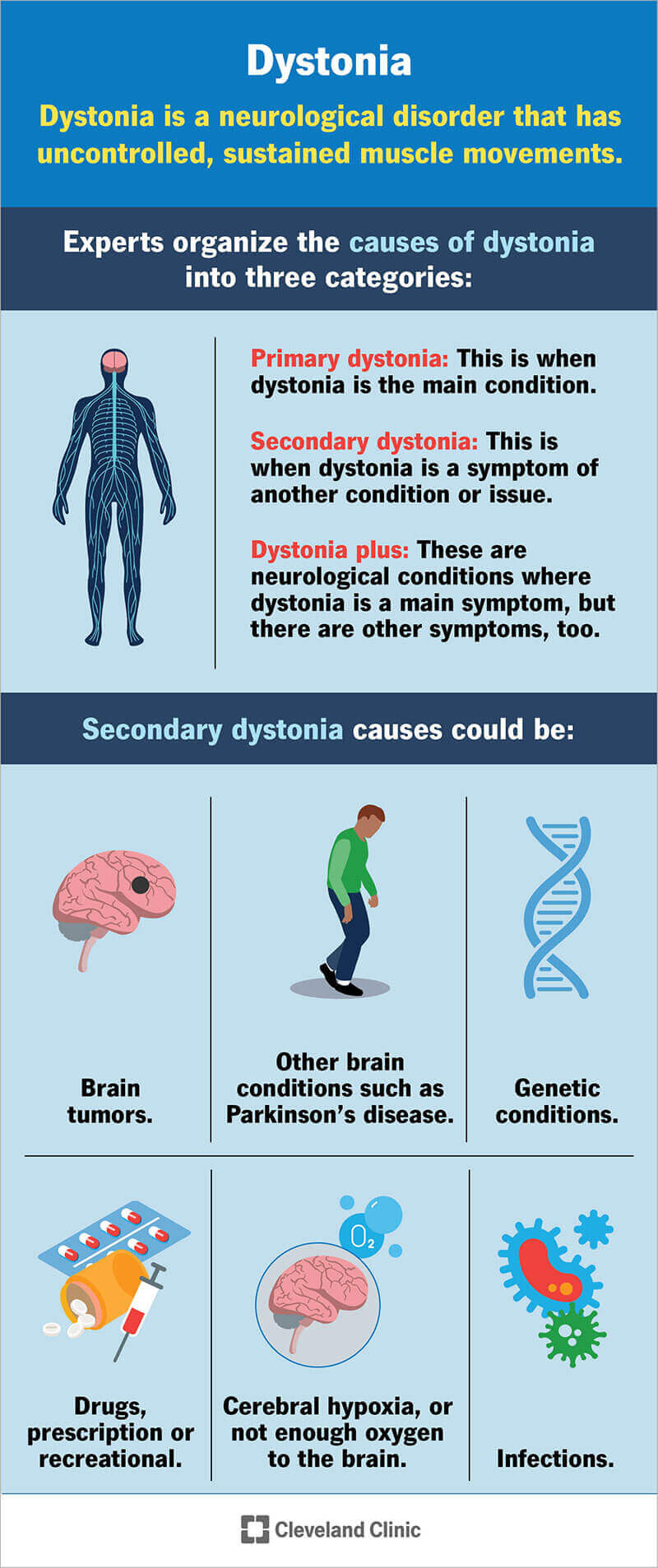
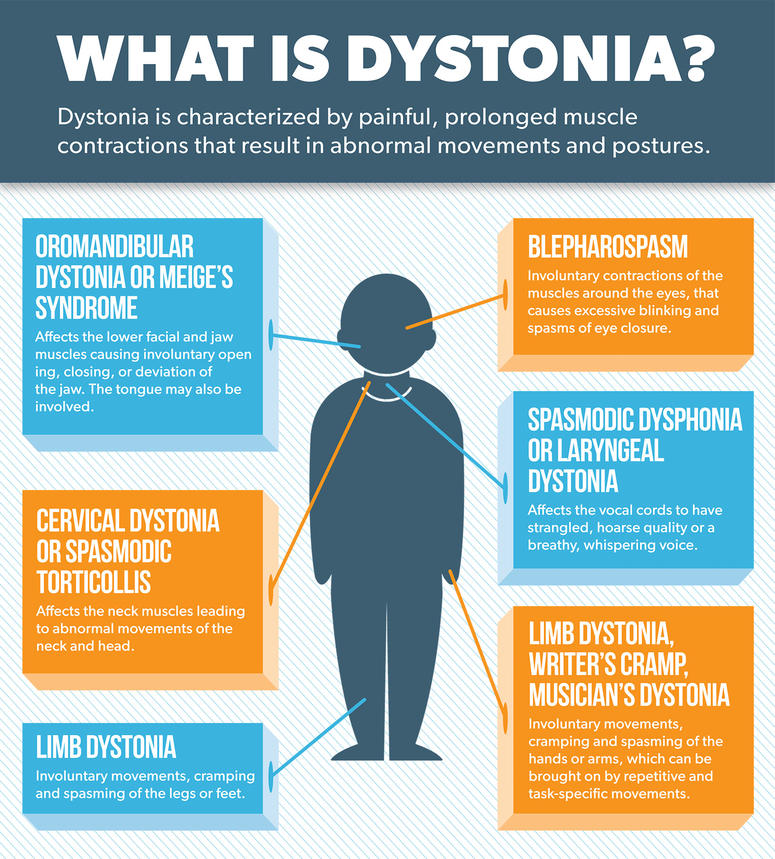

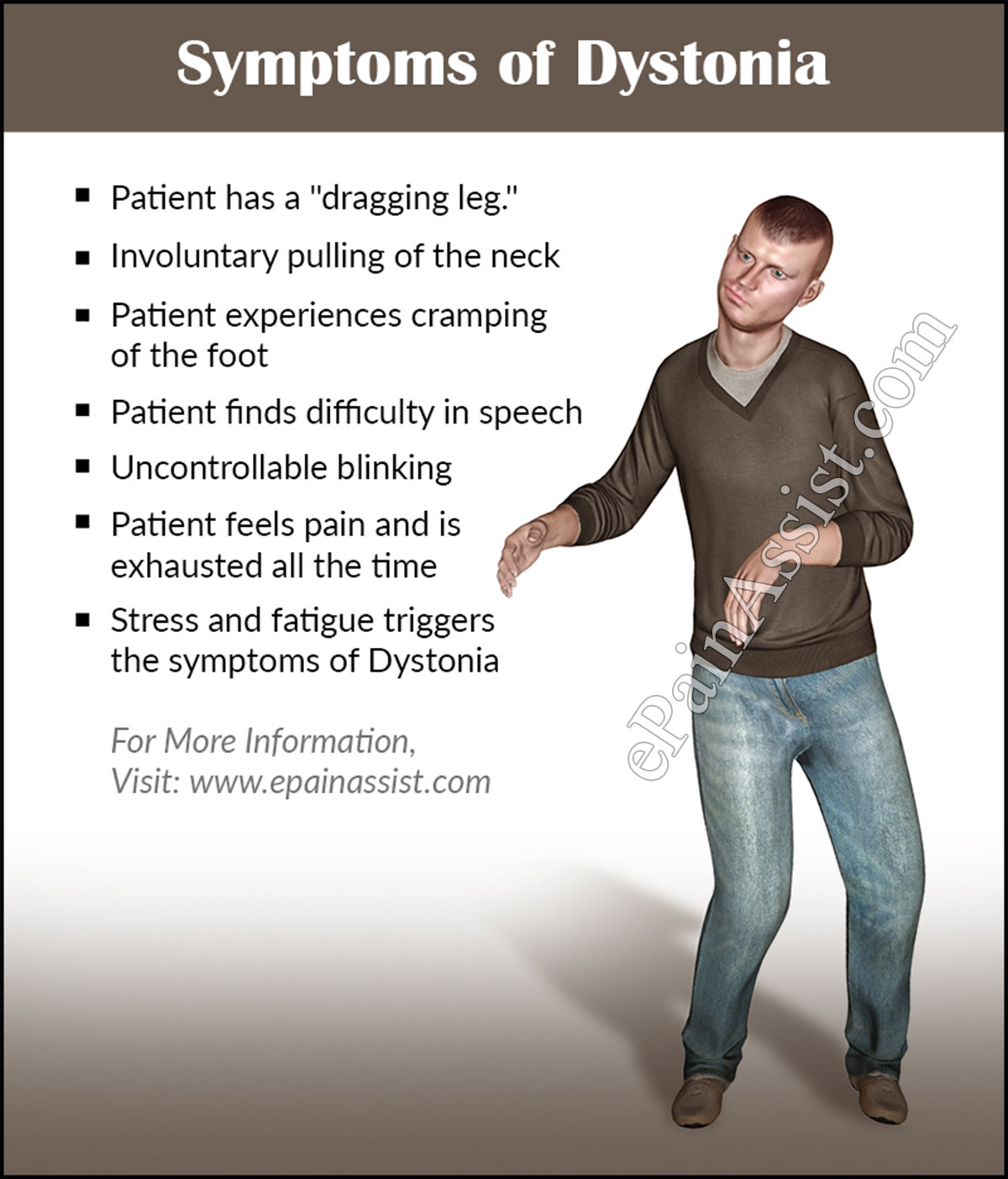
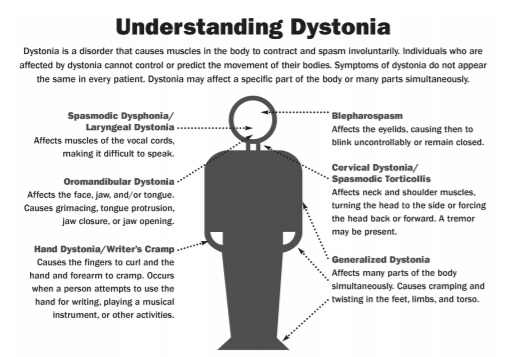
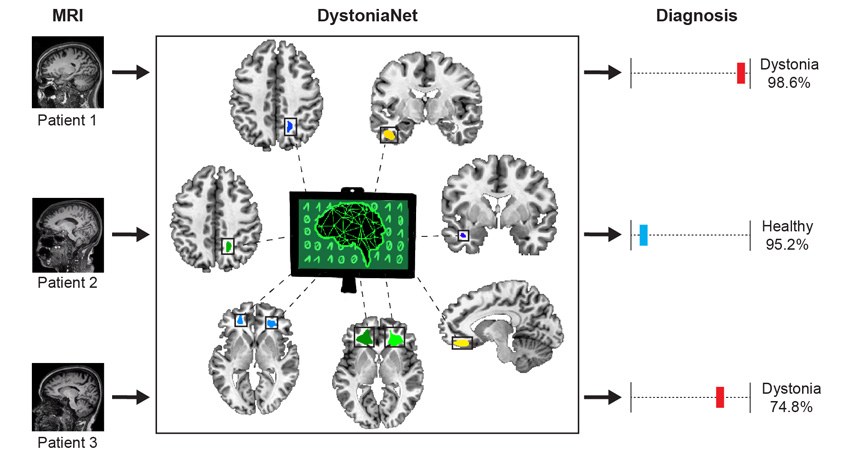

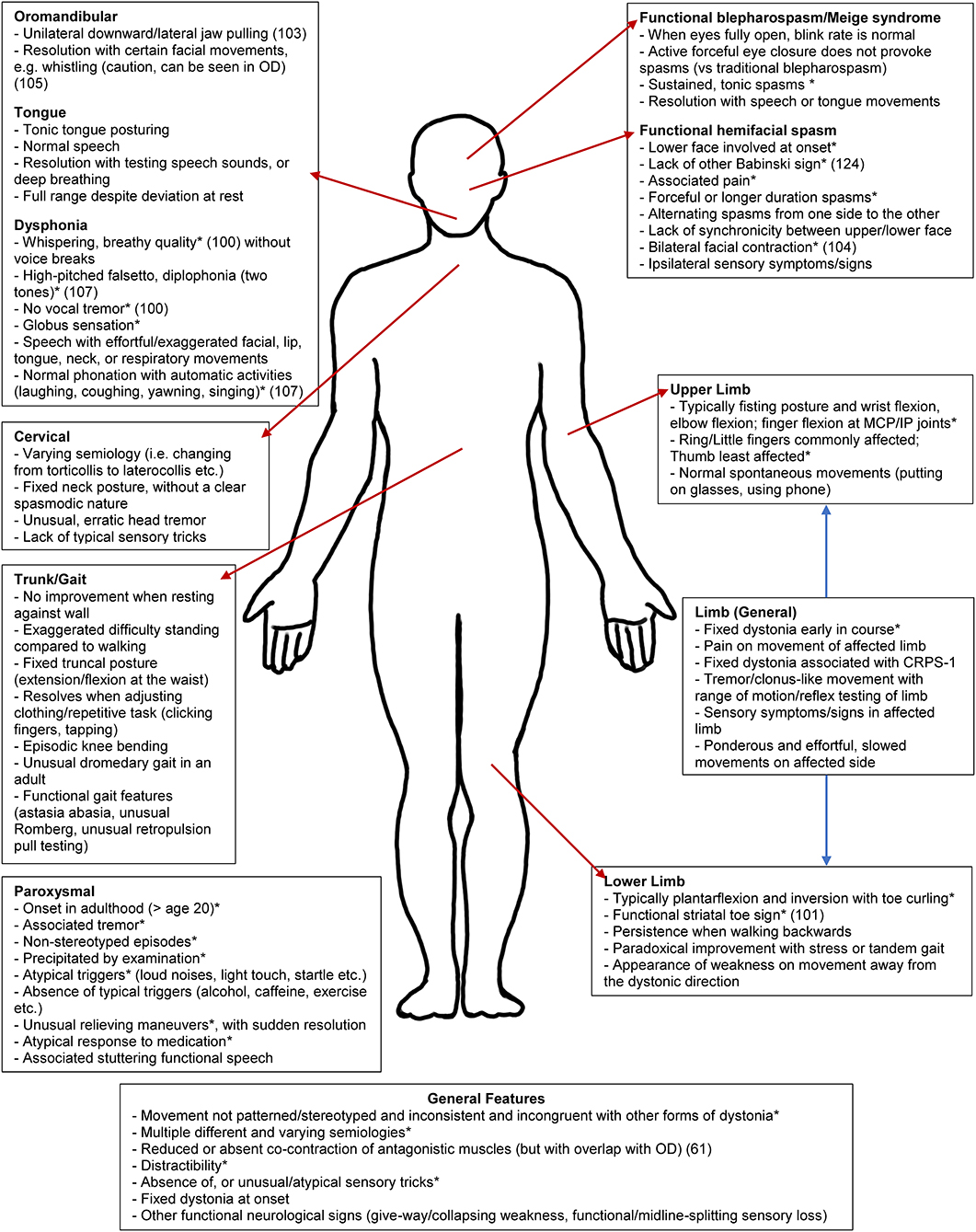
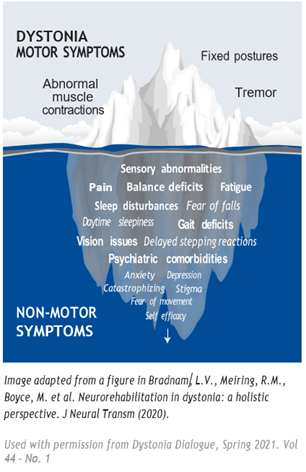

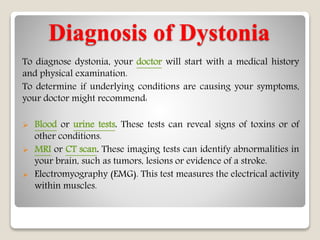

/dystonia-vs-dyskinesia-2612238-d21c4730a3494c9490b76e699bdcfbad.gif)

